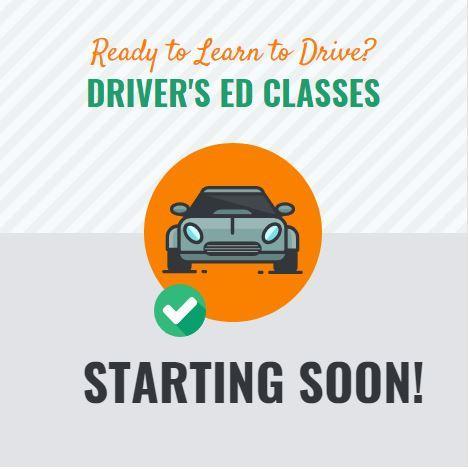

- DRIVE ED IMAGE CLIPART HOW TO
- DRIVE ED IMAGE CLIPART DRIVERS
- DRIVE ED IMAGE CLIPART DRIVER
It should take anywhere from one to three seconds for you to change lanes. It only takes a very slight movement of the wheel as most modern cars are fitted with power steering. Turn your hands on the steering wheel ever so slightly in order to change lanes.
Slowly move the car into the other lane. Don't just rely on your mirrors to tell you where other cars are use your eyes to quickly look for yourself before actually switching lanes. Quickly scan your mirrors and look over your shoulder to check for any cars in your blind spot(s). DRIVE ED IMAGE CLIPART DRIVERS
This lets other drivers know what you are planning to do.
Indicate with your blinkers for at least two seconds before beginning to switch lanes. Here are some things to keep in mind whilst switching lanes: 
Doing so is easy, but you have to remember to indicate to let other drivers know that you're planning on switching lanes. At some point when driving, you'll need to switch from one lane to another, sometimes quickly. Press your foot gently but firmly on the brake pedal to slow the car down if necessary.
Use your brake whenever you need to slow down. Keep this in mind as you back your car out. When going in reverse, turning the steering wheel to the right will make your car turn to the left, while turning the steering wheel to the left will make your car turn to the right. This is because your wheels turn that way. When driving your car forward, if you turn the steering wheel to the right, your car will also turn to the right, and vice versa. Remember that the steering wheel is "reversed" in Reverse. Your car will move slowly, but you won't risk accidentally running into something or someone. You can move your car simply by removing your foot from the brake. For your first couple of times backing out, don't worry about putting your foot on the accelerator. Gently remove your foot from the brake pedal and do not put your foot on the accelerator. Look over your shoulder and turn your head to get a good view of where you're going. If your car isn't in Reverse, your car won't go backwards. Put your car in Reverse and double-check. Although it may seem intimidating, there are only a couple of things for you to remember: If your car is parked in a car park or a driveway, chances are you're going to need to reverse your car out in order to begin driving. It usually has a dial that travels between "H" and "C," signaling "hot" and "cold." Your dial should normally be in the center of the gauge. The temperature gauge in the car tells you whether your car's engine is overheating. It usually has a dial, like the hand of a clock that travels between "F" and "E," with "E" signaling "empty" and "F" signaling "full." Some more modern cars have digital fuel gauges where electronic bars are displayed like the battery symbol on a mobile phone, and gradually decrease in quantity depending on how much fuel is in the car. The fuel gauge tells you how much fuel your car has left. When the dial in the gauge, travels into the red, learn to ease off the acceleration. Most RPM gauges will have red areas starting at 6,000 or 7,000 RPM. The RPM gauge tells you how hard your engine is working. It tells you how fast your car is traveling, in either miles per hour (mph) or kilometers per hour (kph). The speedometer is probably the most important dashboard display in the car. DRIVE ED IMAGE CLIPART DRIVER
These gauges display to the driver how much fuel the engine has left, how fast the car is going, how hot the engine is, and how many RPM (revolutions per minute) the engine is clocking. Understand the basic dashboard controls/symbols. X Research source Although disorienting at first, this positioning actually allows the driver to see cars in their blind spots which they might otherwise only be able to spot by looking over their shoulder. It recommends positioning the mirrors further outward than normal, so that they just overlap with the viewing angle of the rear-view mirror.
DRIVE ED IMAGE CLIPART HOW TO
The Society of Automotive Engineers has one recommendation for how to position your outside mirrors in order to eliminate blind spots.Your rear-view mirror should be positioned so that when you're in your normal driving position, you can see directly behind you and as much of the rear windshield as possible.X Expert Source Simon Miyerovĭriving Instructor Expert Interview.

Your car should have three mirrors: one rear-view mirror, which allows you to see directly the rear windshield behind you, and two outside mirrors which let you see to either side of the car and protect you from blind spots. Adjust your car's mirrors so that you can see through them clearly and effectively.







 0 kommentar(er)
0 kommentar(er)
